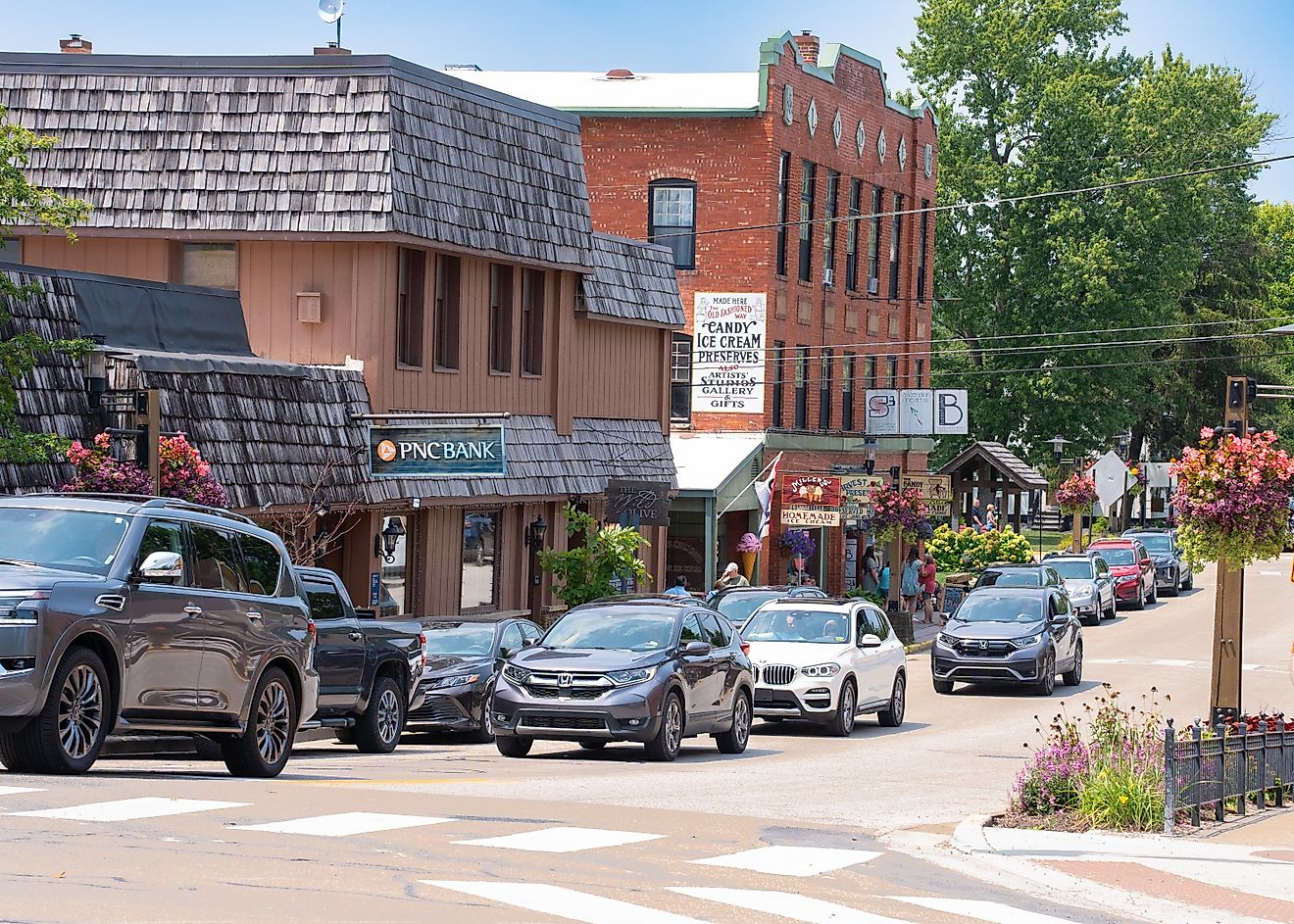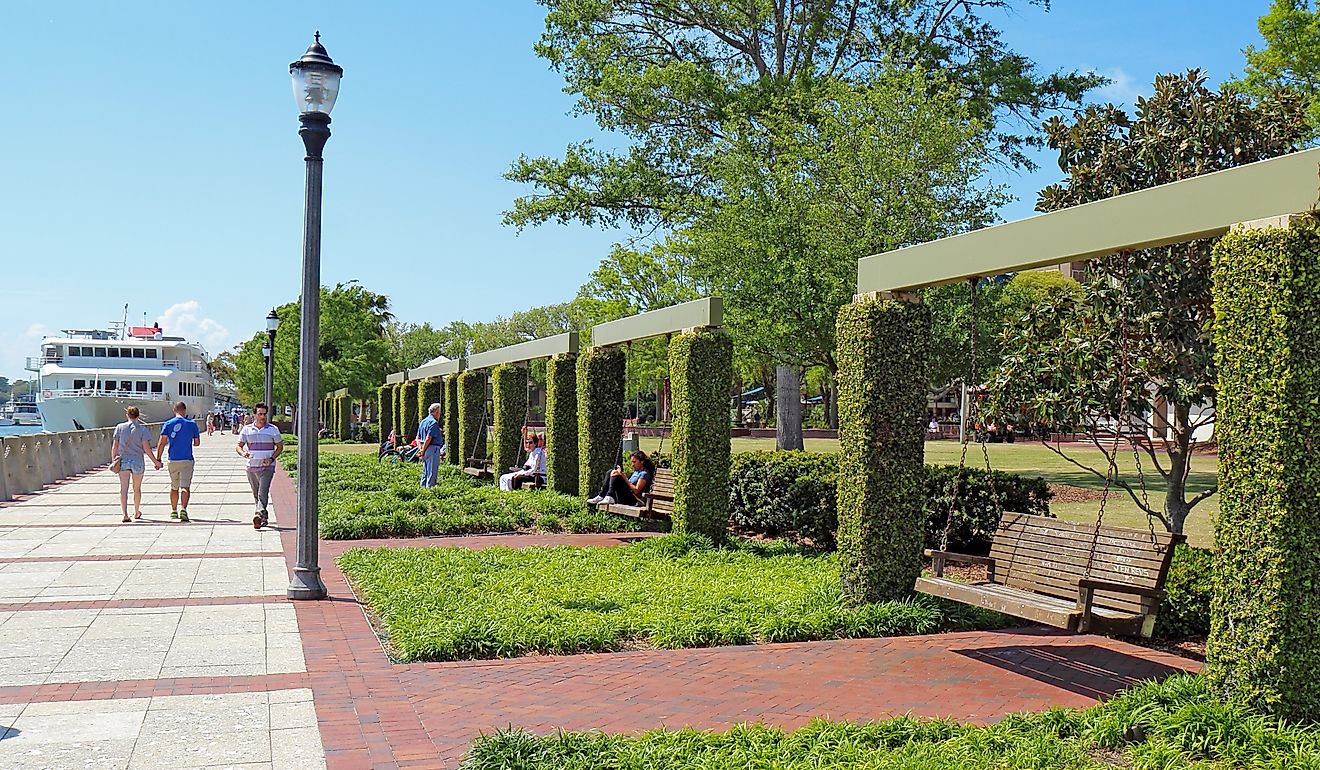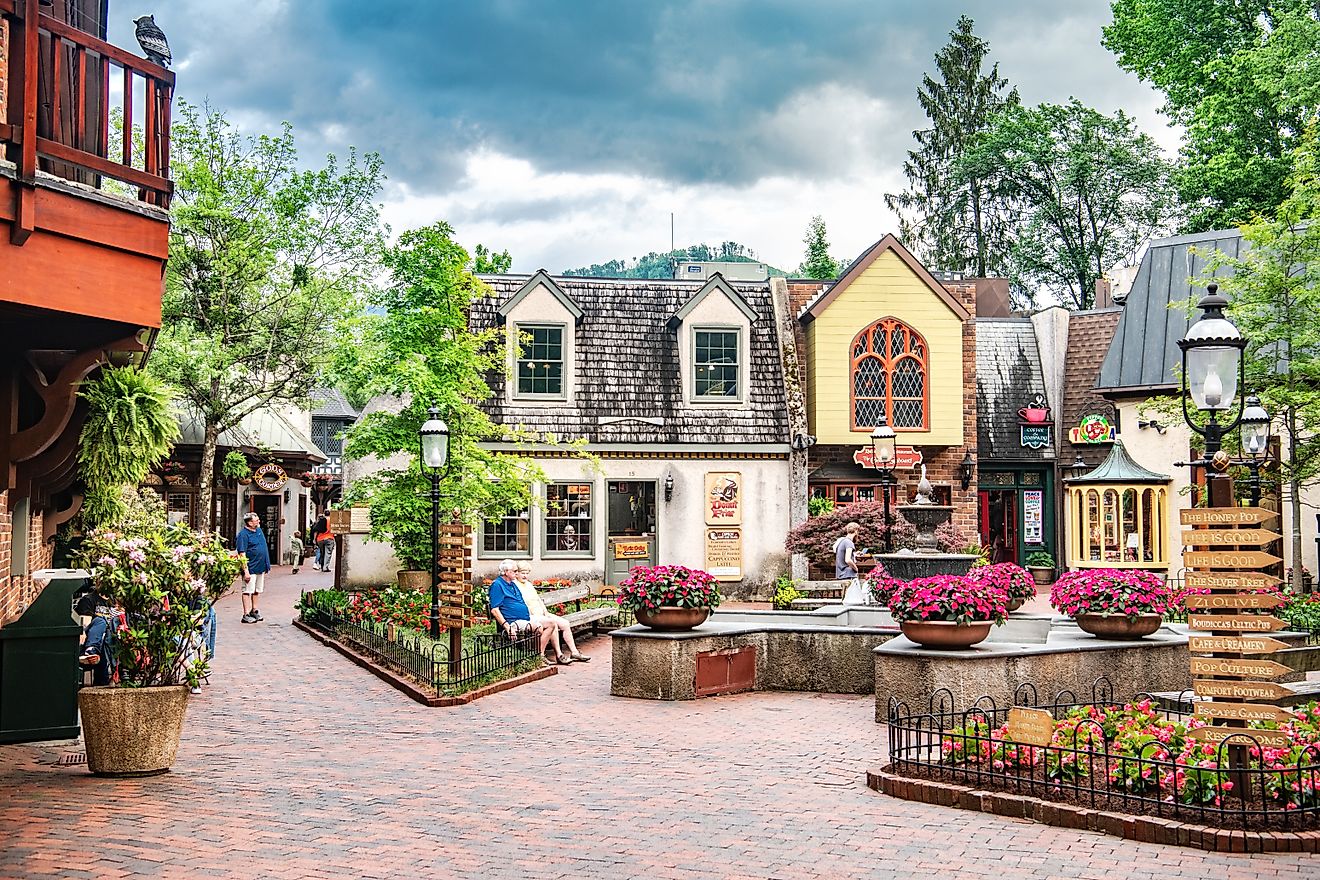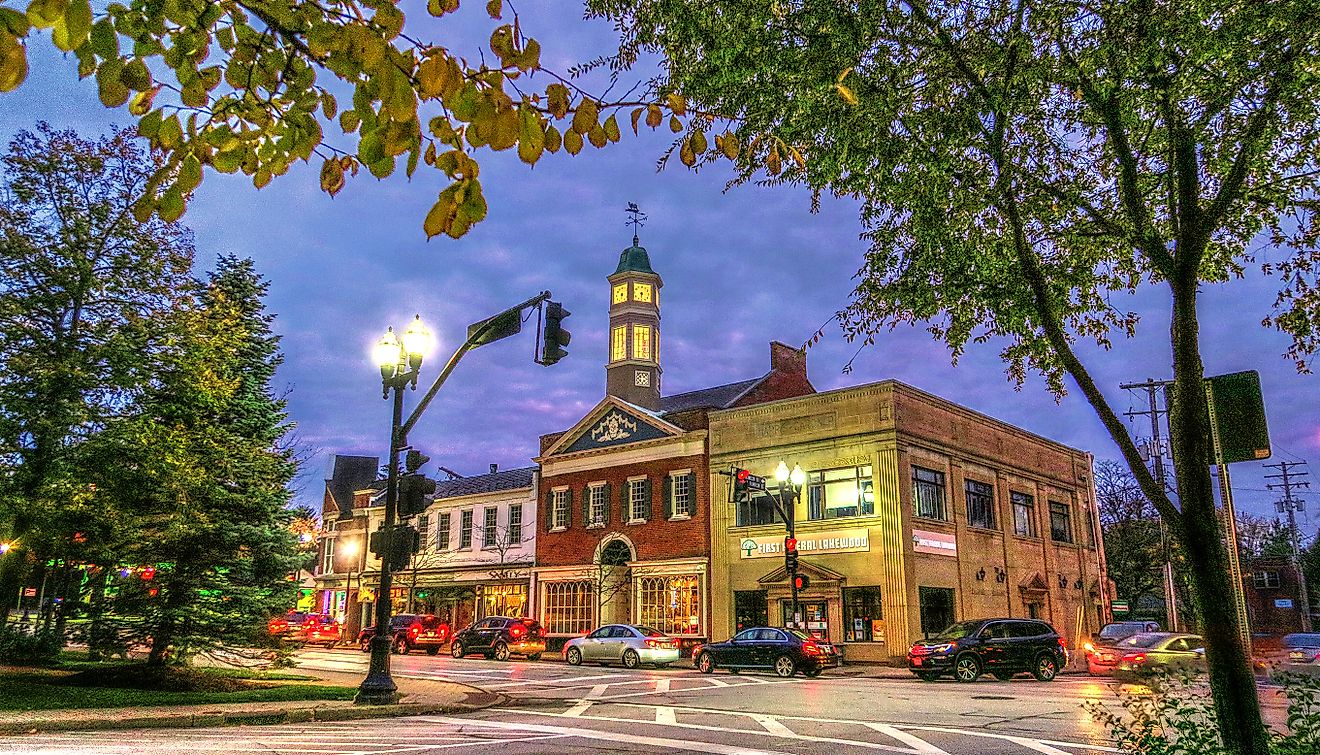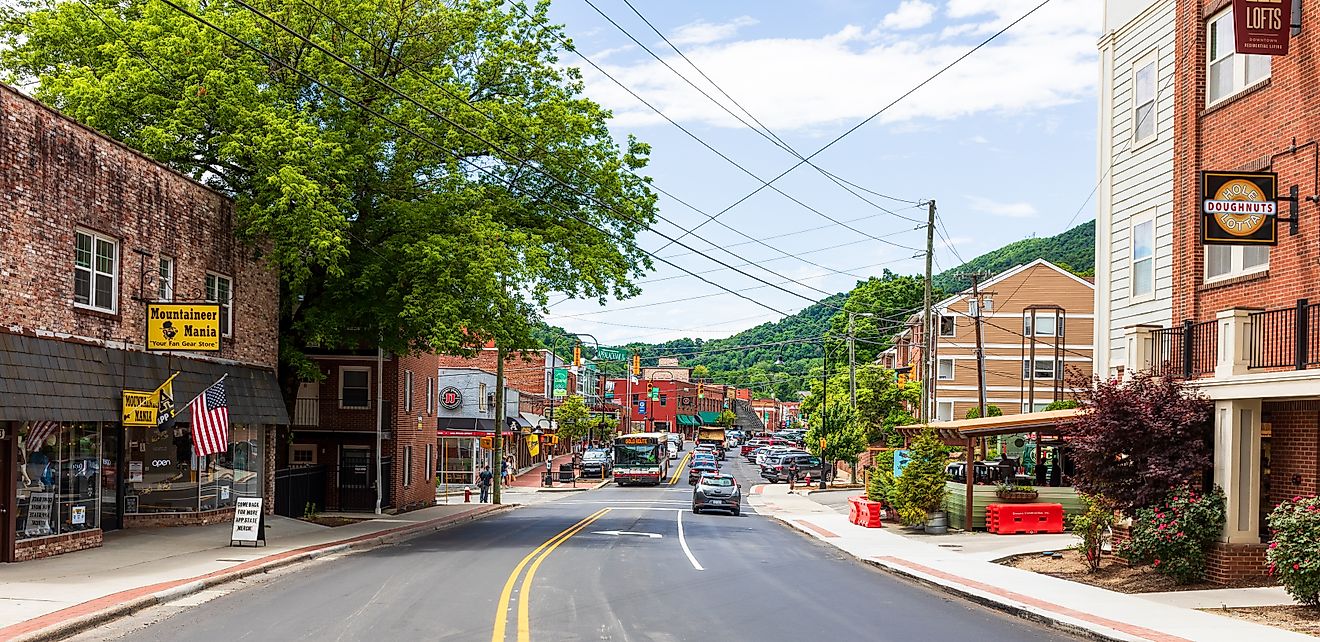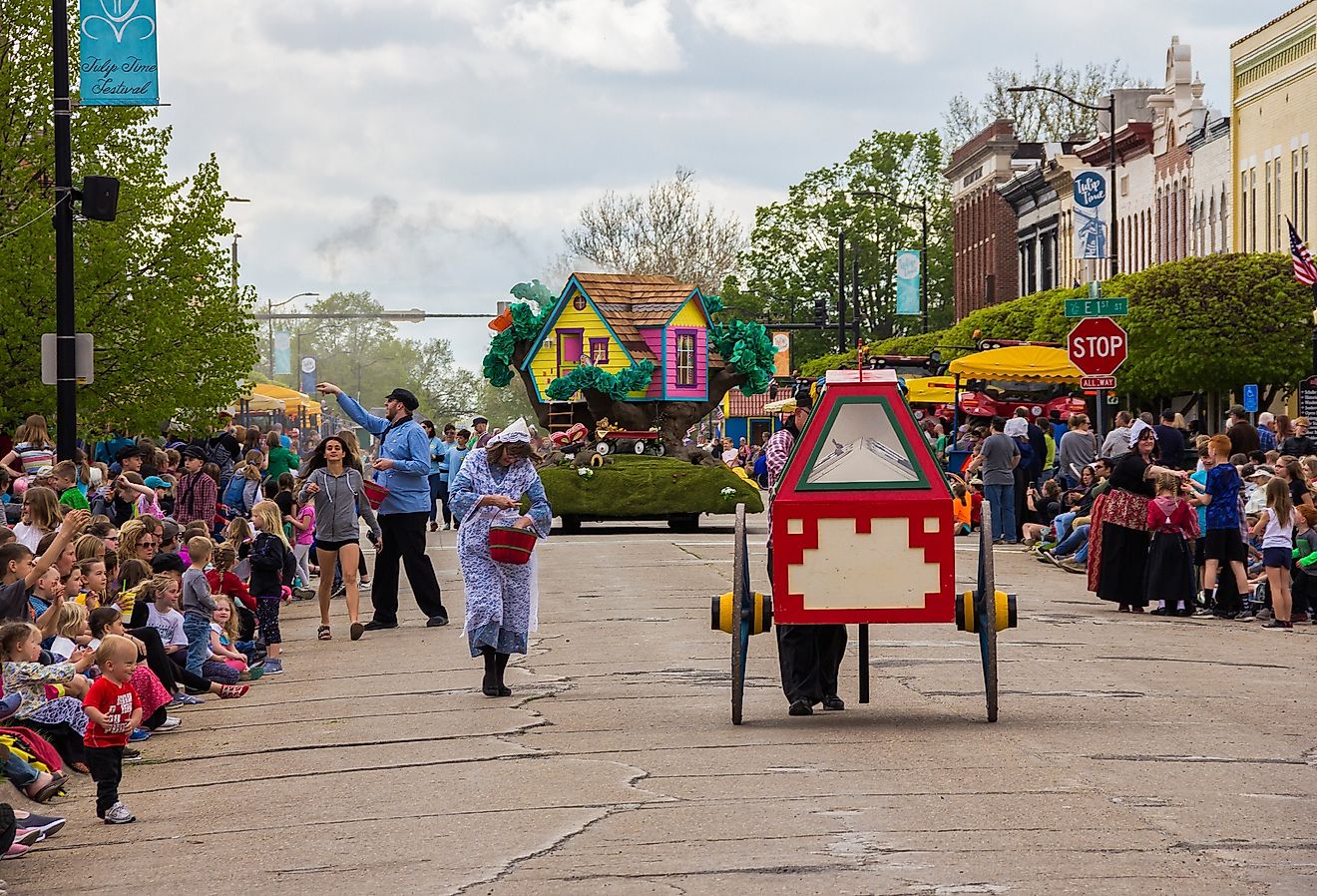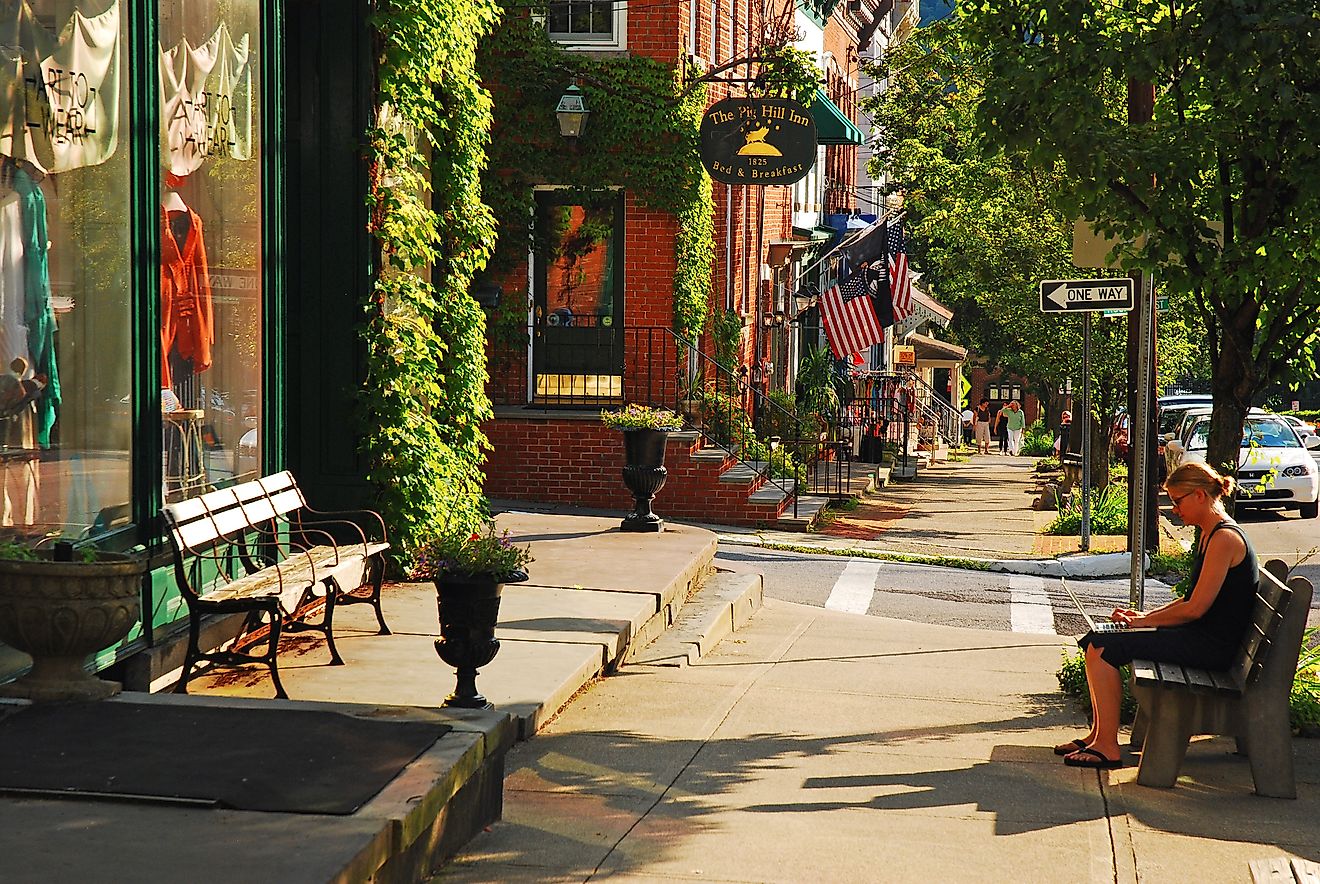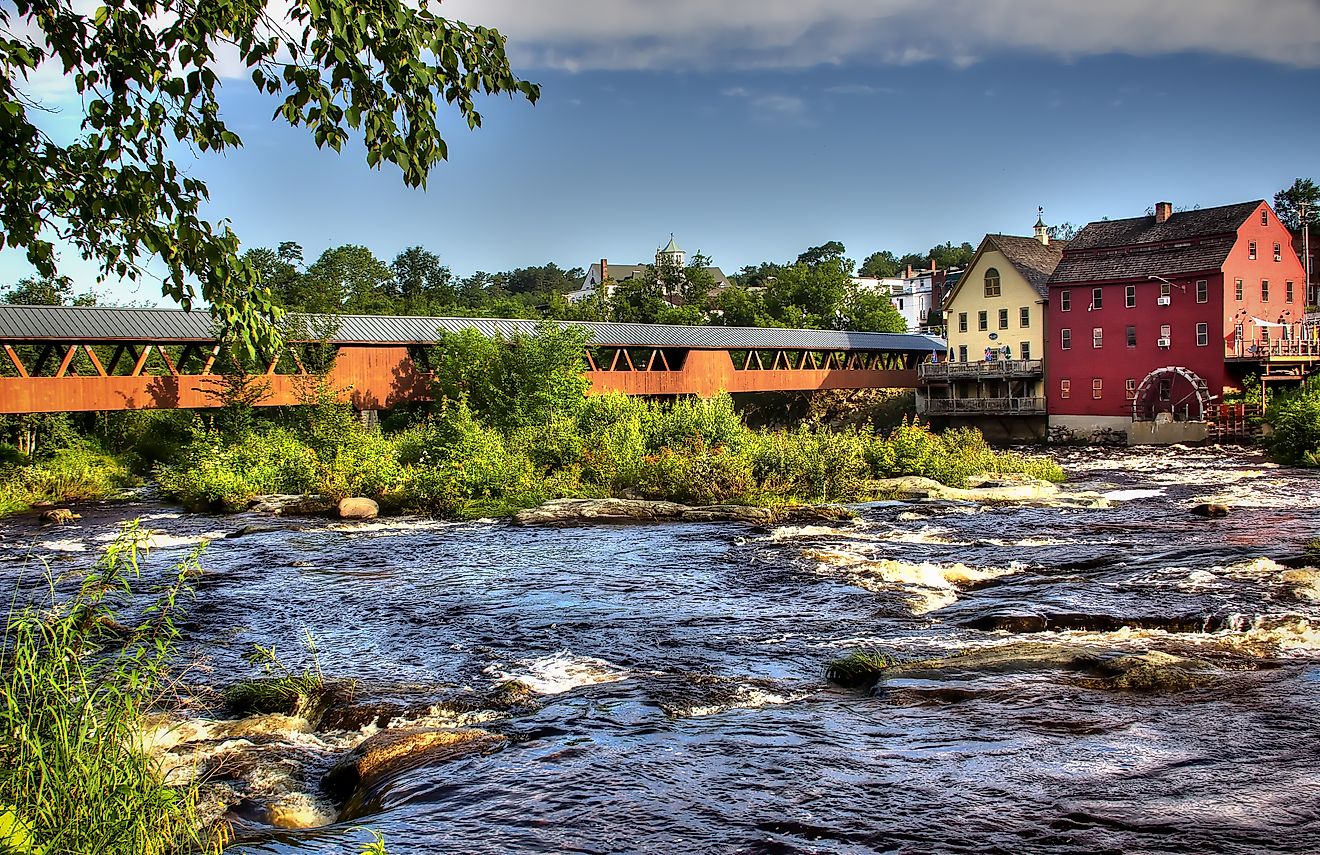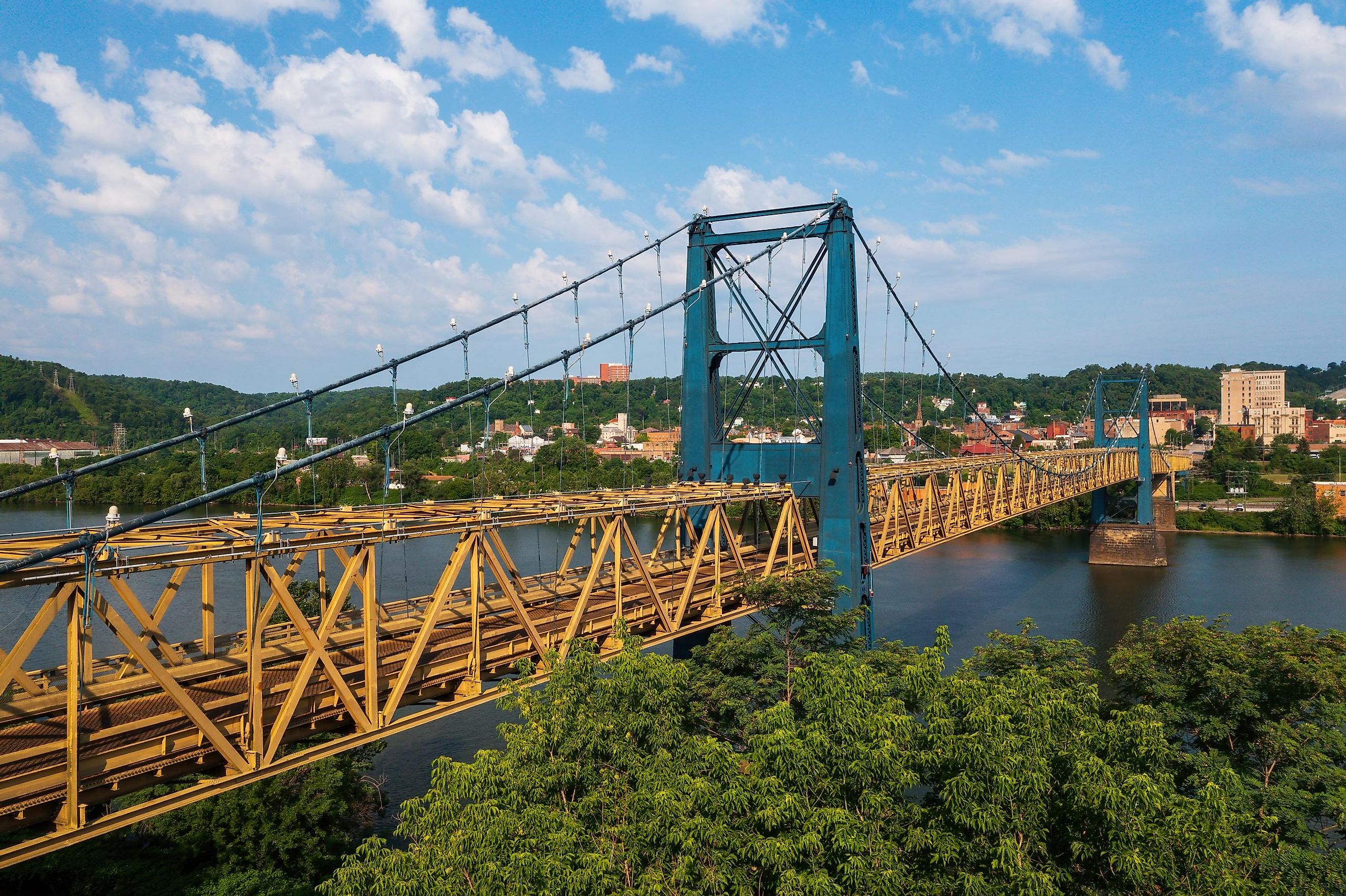
7 Most Charming River Towns in Ohio to Visit in 2024
What is Ohio famous for that gives it a quintessential allure? Consider its characterful small towns, many of which have French origins, including one with a fort and another boasting a castle. These towns are nestled along the fertile riverbanks and are rich in the somber, heroic history of the American Revolutionary War and abolitionism.
Should we also mention the nature hikes along the river, waterfront parks, rafting opportunities, and scenic bridges? You can enjoy all this in the picturesque town of Gallipolis, or start in the welcoming riverside community of New Richmond, which has seen it all and now welcomes tourists for great summertime recreation. Another attraction is Ripley's Olde Piano Antique Mall.
Gallipolis
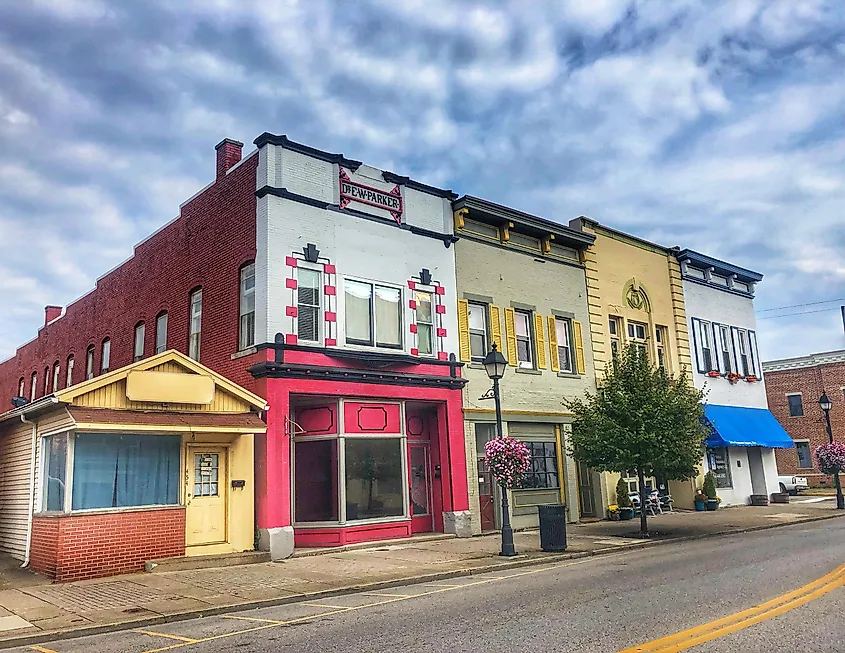
Founded by French colonists in 1790, Gallipolis is a small town that elegantly recalls its colonial past along the expansive banks of the flowing Ohio River. Home to two beautiful bridges, visitors can view the Silver Memorial Bridge from the town's eastern edge and, nearby, the Point Pleasant-Kanauga Railroad Bridge, both connecting the town to West Virginia. The attributes that attracted the settlers, namely its traditional seasons with hot summers and cool winters, and the fertile soils, today make it easy for the 4,000 inhabitants to enjoy nature.
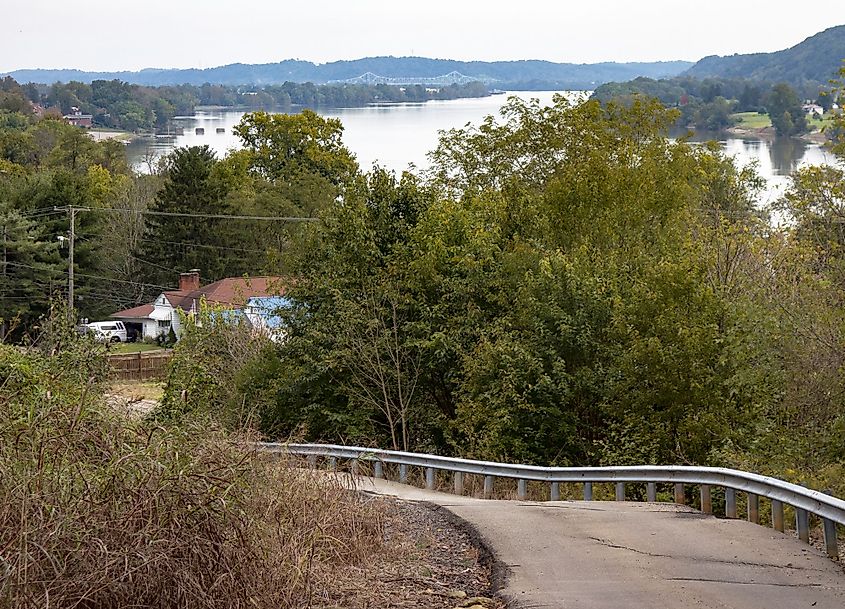
Central City Park offers picturesque water views and golfing, while Mound Hill Park is an ideal half-day family outing with picnic areas and outdoor recreation. Gallipolis City Park features three historical markers, a scavenger hunt for the intriguing Spirit of the American Doughboy statue, and spaces for relaxation by the old-style bandstand or the Kerr Memorial Fountain. Main Street draws tourists to its colorful row of heritage buildings with beautifully preserved facades and storefronts, such as the Shake Shoppe, overlooking Gallipolis Island. History comes alive at Our House Tavern, where interpreters share insights about this historic inn, open from Memorial Day through Labor Day, with reservations required.
Loveland
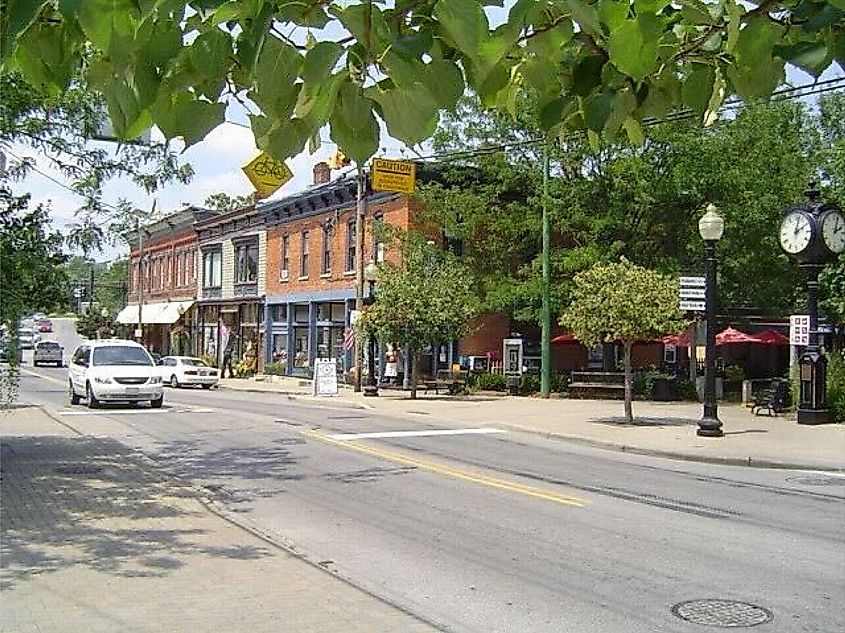
This charming little town, with an air of positivity, is scenically situated along the banks of the fruitful Little Miami River. Founded in 1795, Loveland was named after a colonel, not for any romantic reason as some might assume. Leveraging its fortunate name, Loveland attracts scores of tourists annually for fun riverside recreation in the summer and thematic attractions offered by local businesses. Highlights include the top-rated Castle Skateland, the ambient Nisbet Park & Amphitheater, and Loveland Lofts.
The Little Miami Scenic Trail and the Loveland Bike Trail are excellent ways to explore the town, providing views of the river and surrounding nature. This fortunate town is perfect for a weekend getaway, featuring tasty restaurants and unique boutiques, often housed in historic buildings. There's a magical feel to the town, something special in the atmosphere that sets it apart from other Ohio towns. This may be partly due to the medieval-style Loveland Castle, built in the 1920s, which adds a fairytale vibe. The castle, now a museum and a fascinating palace, offers tours and boasts a spectacular outdoor courtyard. It is even rumored to be haunted!
Marietta
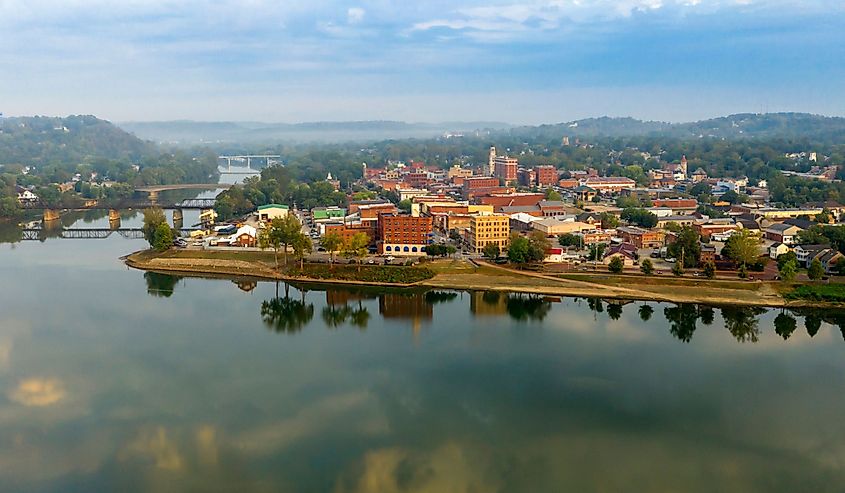
The historic town of Marietta, settled by the French in 1788, exudes European vibes at the confluence of the Ohio and Muskingum Rivers. Just 11 miles from the West Virginia border, this first significant settlement in the state and a stop on the famed Underground Railroad in the 19th century, is a revered small town escape for its 13,000 residents. The unique character from centuries ago is preserved in the historic neighborhoods, showcasing an assortment of architectural styles from the 18th to early 20th centuries. Visitors can admire magnificent Victorian buildings during a stroll along photogenic cobblestone and red brick streets. The rivers offer great views from historic riverboat tours or personal recreational vessels, while Civil War reenactments take place downtown in peak season.
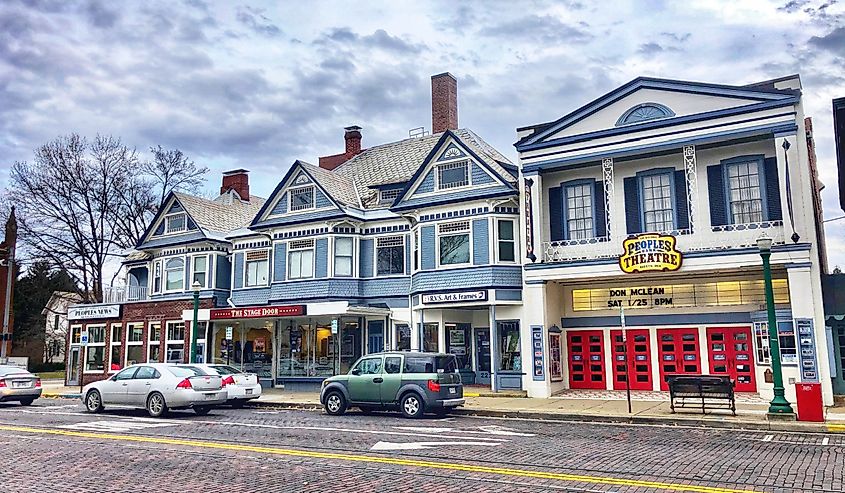
The Ohio River Sternwheeler Festival in September is a highlight, featuring iconic boats racing and providing entertainment, local food, and a fireworks show. This heritage-rich and locally-focused setting in the state's oldest city includes attractions like the Valley Gem Sternwheeler, Campus Martius Museum, and the Historic Lafayette Hotel, all near fine dining and shopping opportunities. Marietta is a haven for foodies, boasting establishments like Austyn’s, and offers historical experiences like Blennerhassett Island State Historical Park, rounding off the day with a visit to the Marietta Brewing Company.
New Richmond
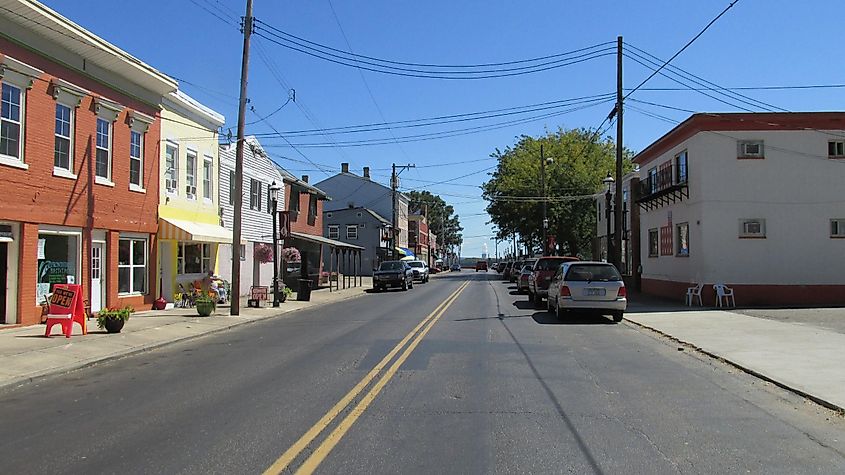
With a population of under 3,000, New Richmond is a town that charms with its perseverance. Few may know that it was once two different places. Named Susanna after the second wife of Englishman Thomas Ashburn, who laid out a town in 1816 next to New Richmond, established two years earlier, the two eventually merged into one. As a major steamboat era terminus, it was nicknamed “Cincinnati’s Garden,” referencing the abundant produce transported to the nearby city. Industries like shipbuilding, wool mills, sawmills, grain mills, distilleries, and various factories, all powered by the great river, made this town an economically thriving place through the 19th century. New Richmond, an early center of abolitionism, has experienced diverse ups and downs as a small town in Ohio's floodplain.
Home to James G. Birney's abolitionist newspaper, The Philanthropist, the first of its kind published in 1836, New Richmond had local churches publicly denouncing slavery even earlier. The Ohio River has been both a blessing and a challenge for New Richmond, bringing prosperity but also devastating floods. After major floods in 1898, 1907, 1913, and the catastrophic Great Flood of 1937, which destroyed over half of Richmond's homes, the town was hit by more floods, including one as recent as 2018. Despite these challenges, the town continues to welcome tourists for summertime recreation, including boating, rafting, swimming, and sunbathing in picturesque settings.
Portsmouth
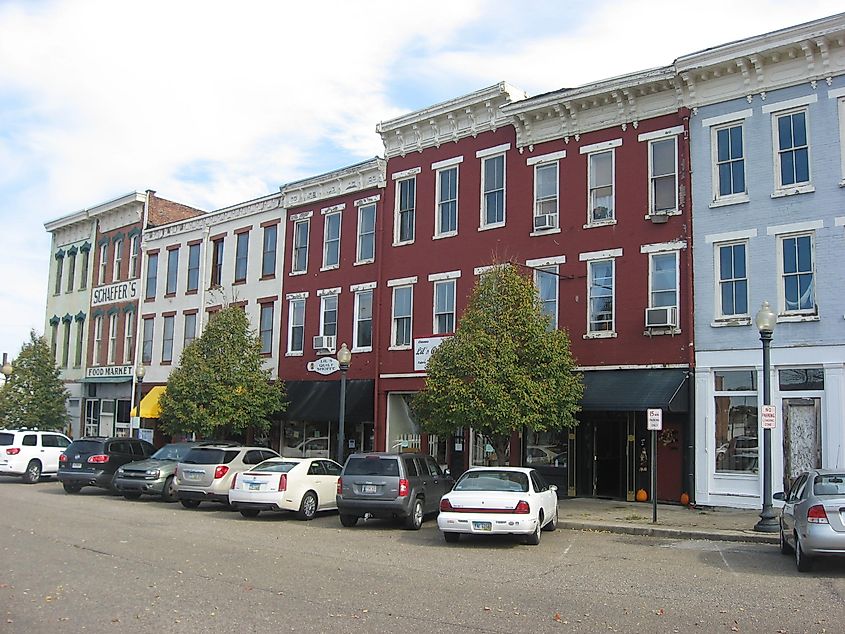
This larger town has disproportionately deep roots, reaching back to 100 BCE inhabitants at the confluence of the Scioto and Ohio Rivers. The Ohio Hopewell, who left behind the landmark Portsmouth Earthworks, once inhabited the area. A Shawnee village was discovered in the mid-1700s, but European settlers only permanently established themselves after the American Revolution, founding the town in 1803. Significant as an abolitionist town along the Underground Railroad before the Civil War, Portsmouth thrived in shipping and manufacturing despite racist settlement laws. The Tecumseh Outdoor Drama VIP Experience offers a firsthand heritage experience.
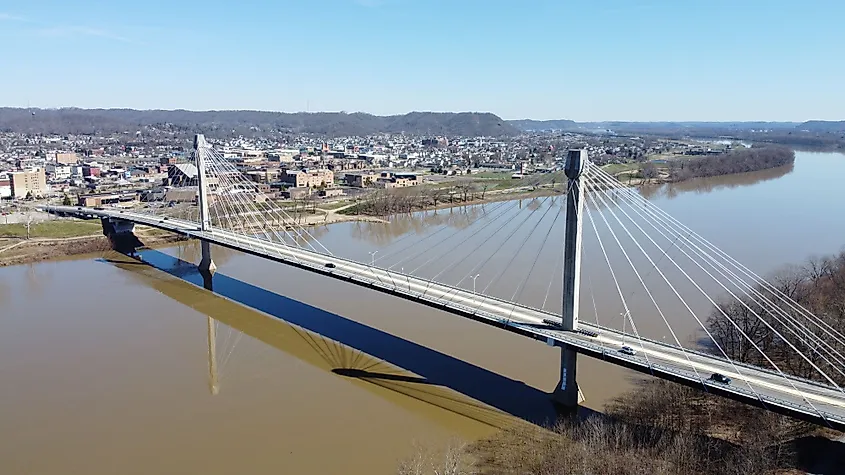
By the 20th century, Portsmouth had become a major industrial town, housing 40,000 residents in the 1930s, with its population slightly increasing since then, thanks to reinvestment and redevelopment, including its downtown area following the nationwide economic downturn. Transformed from gritty to pretty in 1992, visitors can enjoy Robert Dafford's outdoor art gallery depicting Portsmouth's history on the 2,000-foot concrete floodwall along the Ohio River—one of the world’s largest single murals. From an antique shopping scene to a collection of historic homes, the riverfront is ideal for daytime strolls and enjoying sunsets. Shawnee State Park and Lodge, just off the river in the Little Smokies, offers a secluded escape, particularly if staying at the lodge.
Ripley
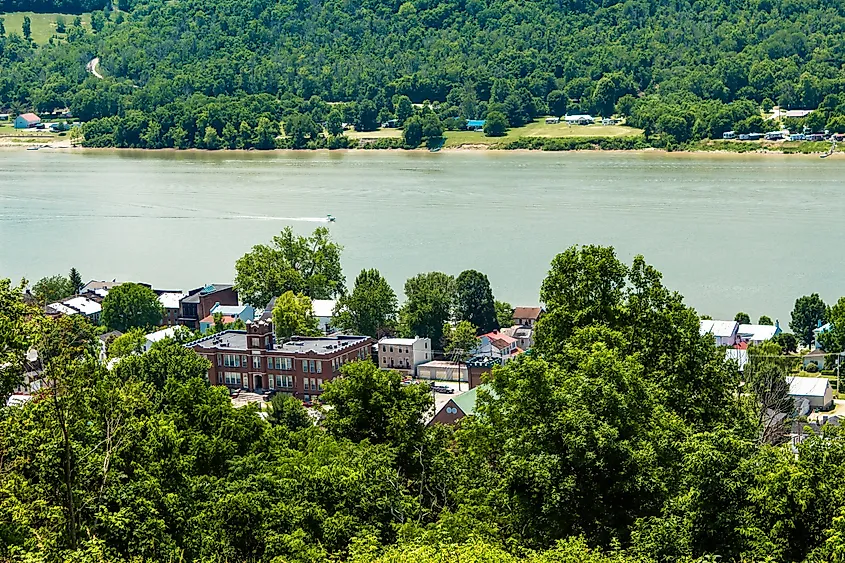
Established along the Ohio River in 1812 on land granted to American Revolution veterans, the town initially named Shanton was later renamed Gen and then Ripley, after a war hero. As a crucial point in the Underground Railroad, positioned across from the slave state of Kentucky, both its black and white residents aided people in their escape to freedom. Rev. John Rankin, a renowned local abolitionist, signaled to escapees with a lantern atop his house's flagpole, which also served as a temporary shelter. Over 2,000 former slaves stayed with the Rankin family, and today, visitors can pay homage at this home, now a museum and National Historic Landmark.
Just off the main street, Ripley's Olde Piano Antique Mall is a must-visit, where patrons share historical insights while visitors browse through antiques, collectibles, and special decor commemorating this remarkable town. N. Front Street features a row of historic homes with immaculate lawns and river access. The town's scenery, reminiscent of a Norman Rockwell painting, inspires awe for its beauty and reflection on its role in the passage to freedom. Don't miss the John Parker House, where the freed slave lived and assisted hundreds of others from across the river.
Steubenville
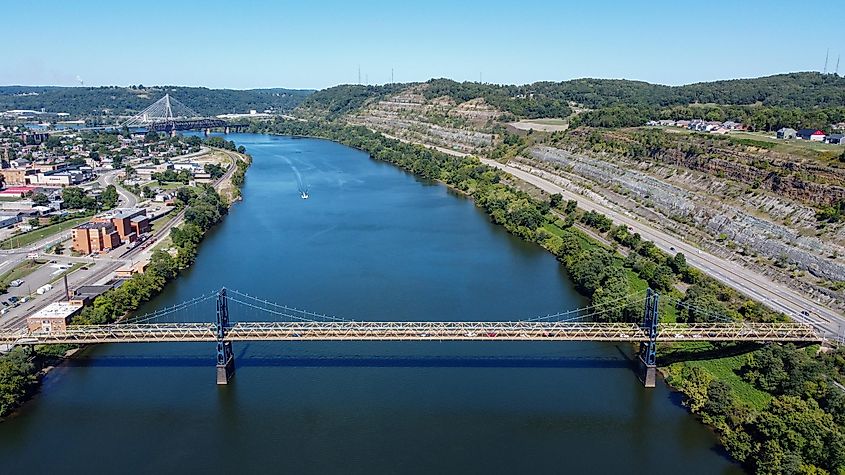
Originally named Seven Ranges in 1786, this settlement built around a fort on the Ohio River's edge was one of Ohio's first. Rich in history and character, the Historic Fort Steuben is a magnificent sight, giving Steubenville a scenic and heritage advantage over other towns. Visitors can feel the fort's imposing presence during a river stroll, and learn about its origins: the Continental Congress dispatched the First American Regiment to fortify this strategic location along the Ohio River.
Steubenville, a gateway to the West, offers a journey into the past. Visitors can explore 21 unique painted murals, each depicting a specific aspect of the town's history, creating a charming narrative through artwork. The town transforms during the Christmas season into the Steubenville Nutcracker Village, featuring 6-foot nutcrackers, all crafted in Steubenville by Nelson’s. These figures stand proudly through Fort Steuben Park and the Historic Business District, welcoming visitors with holiday cheer.
Ohio, a state of contrasts, showcases the power of nature with its river confluences and historic towns. From the 21 murals in Steubenville to the immense outdoor art gallery in Portsmouth on its 2,000-foot concrete floodwall along the Ohio River, one of the world’s largest single murals, these towns offer unique experiences. Ripley, named after a war hero, not only played a pivotal role in the Underground Railroad but also provided temporary refuge and hope to many seeking freedom.
